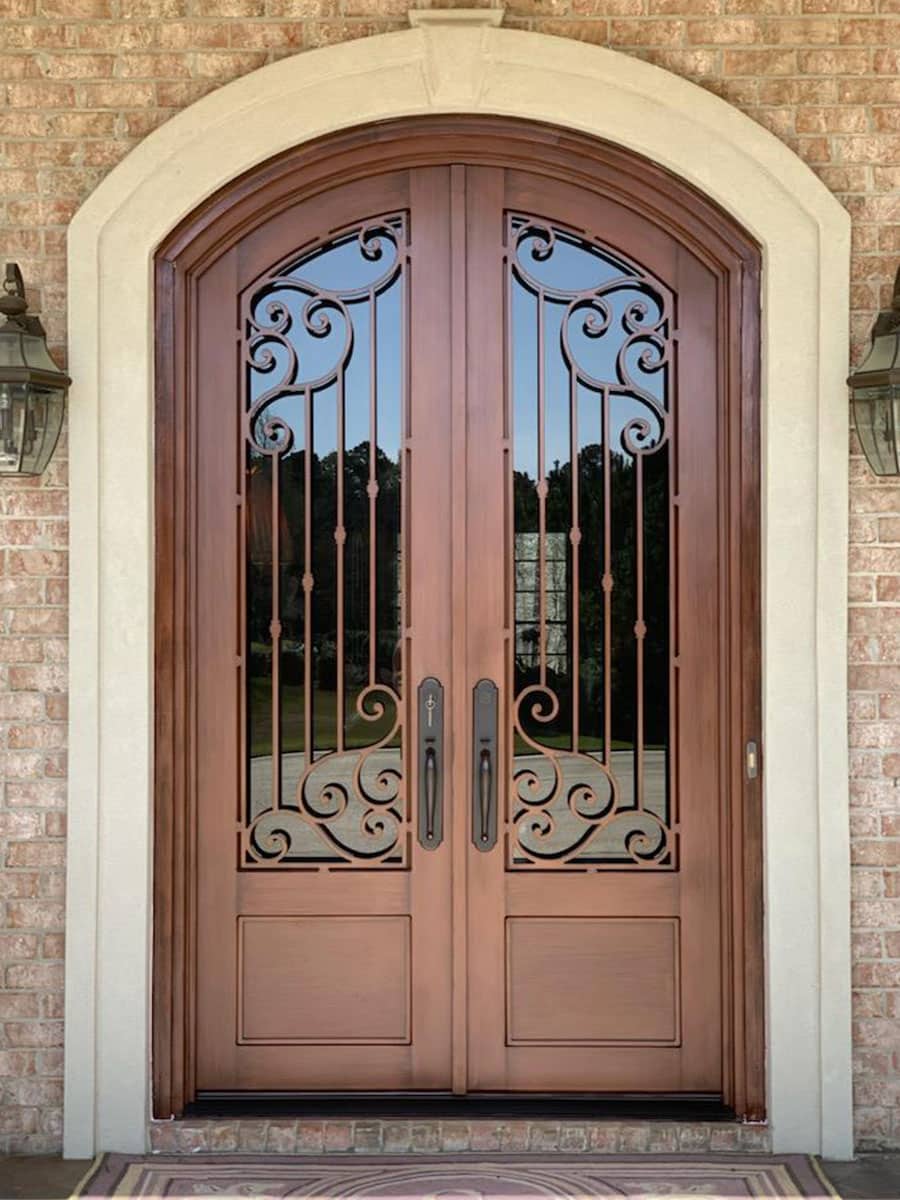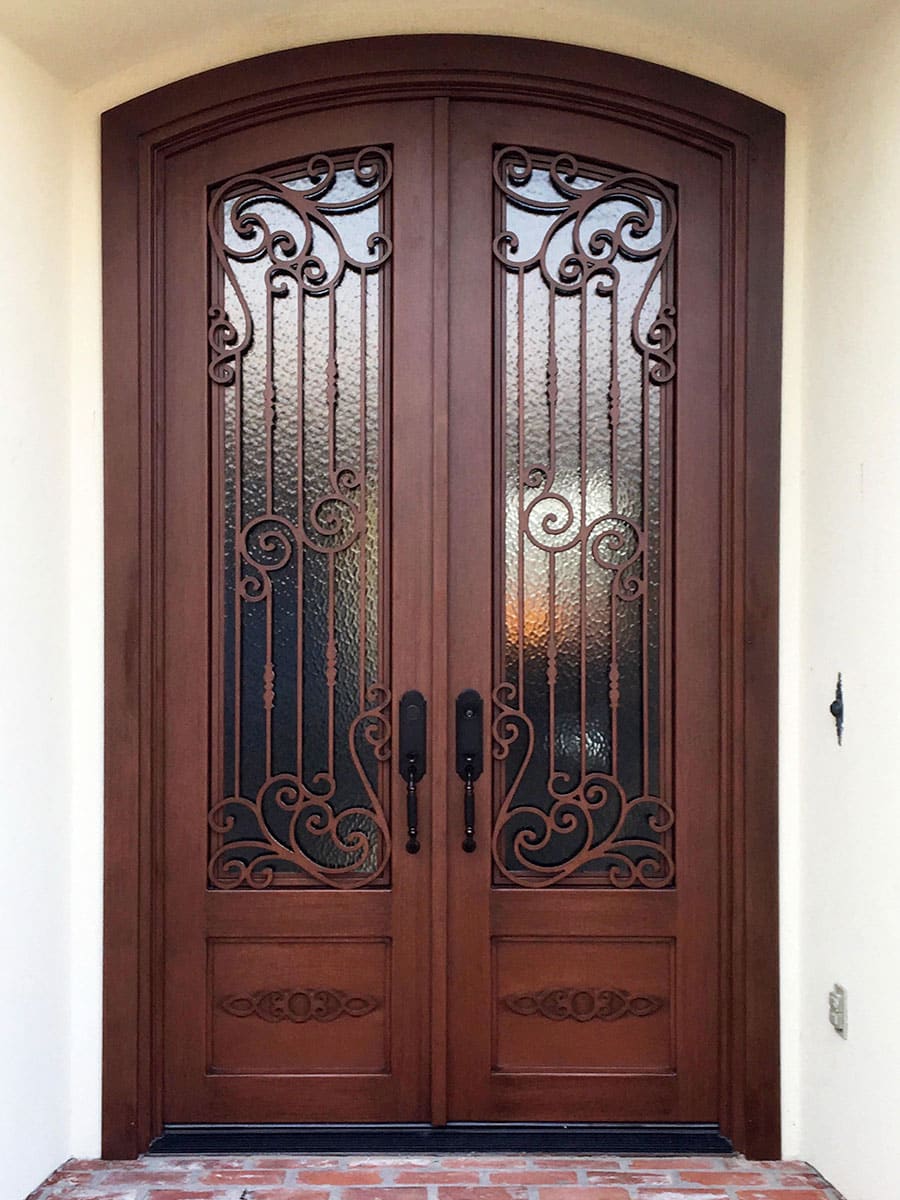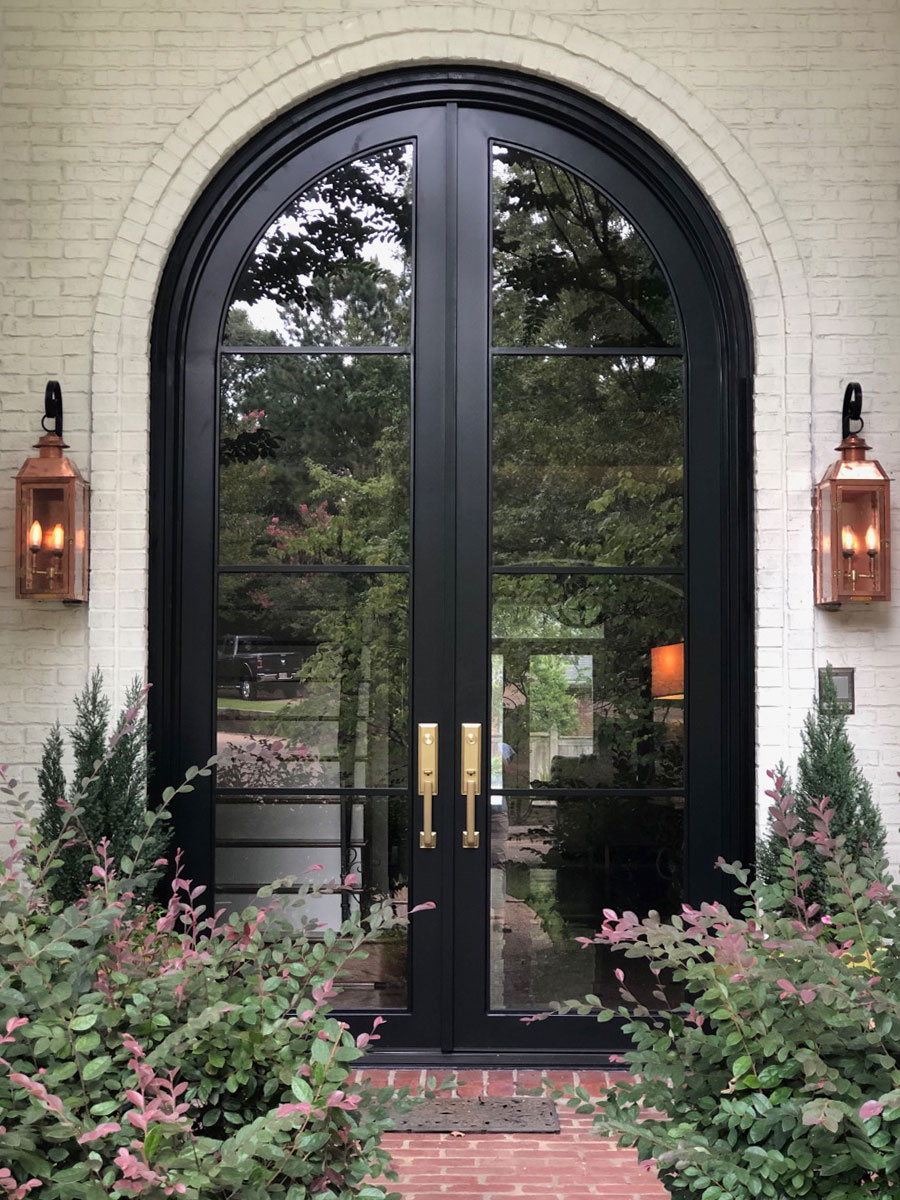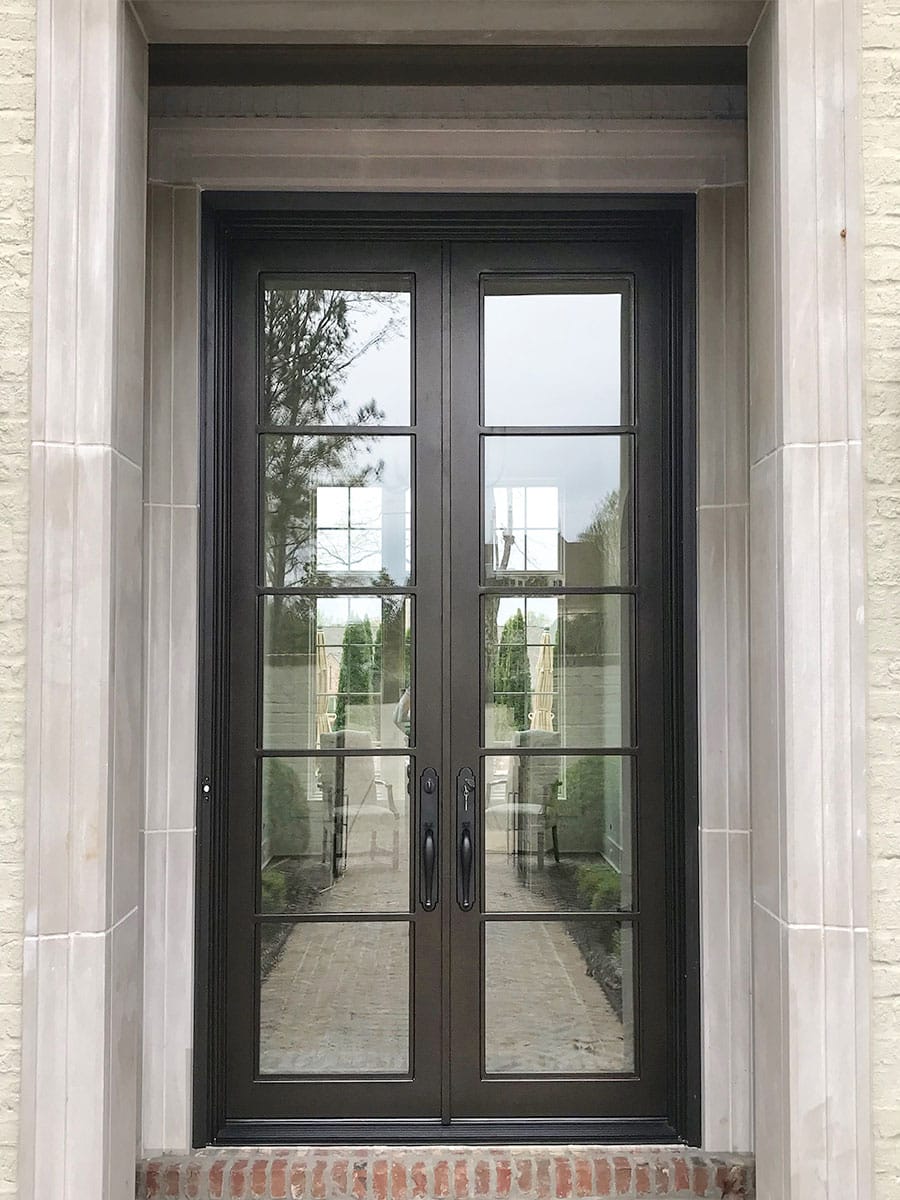Iron doors are typically made using a combination of traditional blacksmithing techniques and modern manufacturing processes, through a process called forging. Forging involves heating up a piece of iron until it becomes malleable, and then shaping it by hammering or pressing it into a desired form. It’s worth noting that the actual manufacturing process can vary depending on the complexity of the design, the level of customization, and the techniques used by different manufacturers or blacksmiths.
When it comes to how iron doors are made, the exact process may vary depending on the specific design and requirements, but here is a general overview of how iron doors are made:
- Design: The first step in making an iron door is creating a design. This can be done by a blacksmith or a designer, taking into account the desired style, dimensions, patterns, and any other decorative elements.
- Materials: Iron doors are typically made from wrought iron or steel. Wrought iron is a more traditional material known for its malleability, while steel provides strength and durability. The materials are sourced and prepared for fabrication.
- Measurements and Cutting: The dimensions of the door are measured and marked on the iron or steel sheets. Using various tools such as cutting torches, plasma cutters, or shears, the iron is cut into the required shapes and sizes for the door components, such as the frame, panels, and decorative elements.
- Shaping and Forming: The cut pieces are then shaped and formed according to the design. This can involve techniques such as bending, hammering, and forging. Blacksmithing skills are often utilized to create decorative details, curves, scrolls, or other ornamental features.
- Joining: The various components of the door, including the frame, panels, and any additional decorative elements, are joined together. This can be done through welding, riveting, or other appropriate methods depending on the design and materials used.
- Finishing: After the components are joined, the door goes through a finishing process. This may include grinding, sanding, or polishing to smoothen the surfaces and remove any sharp edges or imperfections. Surface treatments like painting, powder coating, or galvanizing are applied to protect the iron from rust and corrosion and enhance the door’s appearance.
- Installation: Once the fabrication and finishing are complete, the iron door is ready for installation. Hinges, handles, locks, and other necessary hardware are attached to the door to enable it to function properly.
Wrought iron doors can vary widely in size, shape, and design, depending on the needs and preferences of the customer. They are often used for both decorative and functional purposes, providing both security and aesthetic appeal to homes, businesses, and other buildings.




